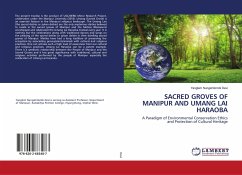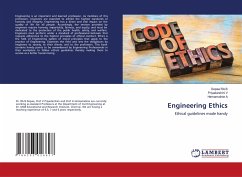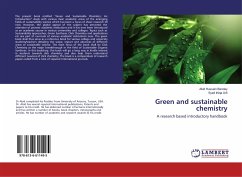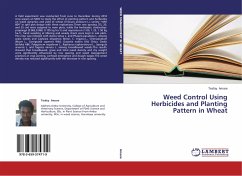The present treatise is the product of UGC/NERO Minor Research Project, undertaken under the Manipur University (2018). Umang (Sacred Grove) is an essential feature in the Manipuri religious landscape. The Umang Lais (the sacred deities or sylvan deities) are the only mysterious deities believed to reside in the sacred groves of Manipur and the Meiteis (Manipuris) worshipped and celebrated the Umang Lai Haraoba Festival every year. It is nothing but the celebrations along with traditional dances and songs on the pleasing of the sacred deities or sylvan deities in their dwelling sacred groves of Manipur. Meities have had a long tradition of preserving the ecosystem by associating groves/plants/animals with cultural and religious practices. One can witness such a high level of awareness from our cultural and religious practices. Umang Lai Haraoba can be a potent example. There is a symbiotic relationship between the People of Manipur and the Sacred Groves and it has great significance with traditional, cultural and religious activities performed by the people of Manipur especially the celebration of Umang Lai Haraoba.
Bitte wählen Sie Ihr Anliegen aus.
Rechnungen
Retourenschein anfordern
Bestellstatus
Storno








